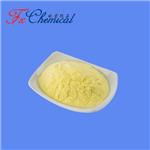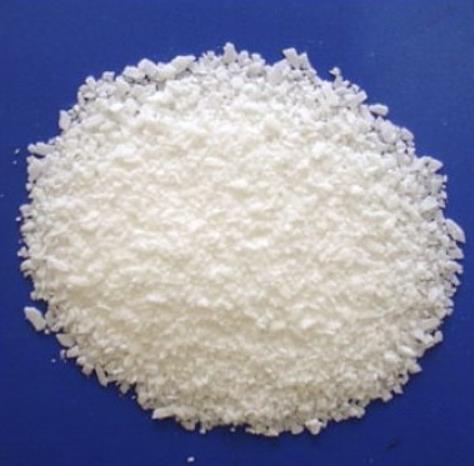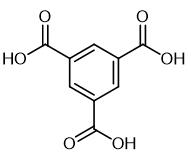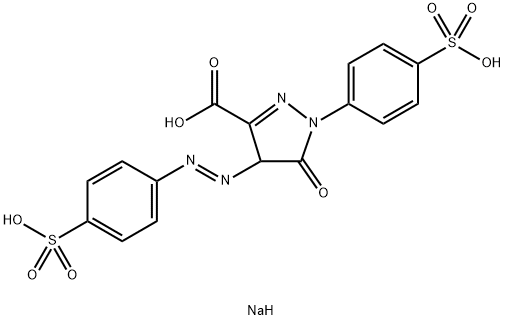Uses and chemistry of Tartrazine
Jul 19,2022
Tartrazine is a synthetic lemon yellow azo dye primarily used as a food coloring. It is also known as E number E102, C.I. 19140, FD&C Yellow 5, Yellow 5 Lake, Acid Yellow 23, Food Yellow 4, and trisodium 1-(4-sulfonatophenyl)-4-(4-sulfonatophenylazo)-5-pyrazolone-3-carboxylate).

Chemistry
Tartrazine is water-soluble and has a maximum absorbance in an aqueous solution at 425 nm.It is one of the oldest known member of the pyrazolone family of dyes.
Tartrazine (E102) (FD&C Yellow #5, or Yellow 5) is lemon yellow in color and is a type of anionic azo dye. It is soluble in water and the recommended daily intake of tartrazine is 7.5 mg/kg of body weight. It is used to form a yellow color and in combination with brilliant blue it produces green color. The absorption profile of tartrazine is less than 5% and it is predominantly metabolized by gastrointestinal microflora to the easily absorbed metabolites. The substance was found to be an activator of oestrogen receptor. Tartrazine binds with human, as well as bovine serum albumin to form a complex and halts the physiological functions. Further it causes biliary cirrhosis in postmenopausal women. In addition, neurotoxicity and genotoxicity were also observed. However, it has been recommended as safe if the daily intake is limited.
Uses
Tartrazine is mainly used in food products (ice cream, ice pops, popsicles, confectionery, and hard candy), cosmetics (liquid and bar soaps, green hand sanitizer, moisturizers, and lotions), and pharmaceuticals (liquid, capsule, pill, lotion, and gel). It is restricted in Norway and Austria due to allergies, asthma, skin rashes, hyperactivity, and migraines.
Notes
Besides being used in food, tartrazine can also be found in medications (think cough drops) and in cosmetics.
In Canada, manufacturers do not have to specifically state what types of colour they have added to food. It is okay for the ingredient label to use the generic term “colour”. However, because of possible allergies or intolerance, U.S manufacturers are required to declare the use of tartrazine. Because Canadians share so many products with the United States, we do see tartrazine on many of our food labels.
- Related articles
- Related Qustion
- Tartrazine: Effects, Synthesis and Side Effects Dec 16, 2024
Tartrazine (Yellow 5) is a yellow, water-soluble azo dye that is widely used as a food colourant in food, pharmaceuticals and cosmetics.
- Potential health effects of Tartrazine Feb 14, 2022
Tartrazine is an organic sodium salt which is the trisodium salt of tartrazine acid. A synthetic lemon yellow azo dye used as a food colouring. It has a role as a histological dye and a food colouring.
Lauric acid, systematically dodecanoic acid,is a white, crystalline, water-insoluble powder, C12H24O2, a fatty acid occurring as the glyceride in many vegetable fats, especially coconut oil and laurel oil....
Jul 19,2022Biochemical EngineeringTrimesic acid is a carboxylic acid derivative. It can be used as an intermediate in medicine.....
Jul 19,2022APITartrazine
1934-21-0You may like
- Sunset yellow FCF: a permitted food dye
Mar 13, 2025
- How does 3,3′-diaminobenzidine enhance fingermarks in blood
Dec 9, 2024
- The Thioflavin T assay
Oct 31, 2024
- Tartrazine
-

- $0.00 / 1KG
- 2025-04-02
- CAS:1934-21-0
- Min. Order: 1KG
- Purity: 98%min
- Supply Ability: 30tons/month
- Tartrazine
-

- $10.00 / 1KG
- 2025-03-31
- CAS:1934-21-0
- Min. Order: 1KG
- Purity: 99%
- Supply Ability: 10 mt
- Tartrazine
-

- $0.00 / 25KG
- 2025-03-21
- CAS:1934-21-0
- Min. Order: 1KG
- Purity: 99%
- Supply Ability: 50000KG/month






